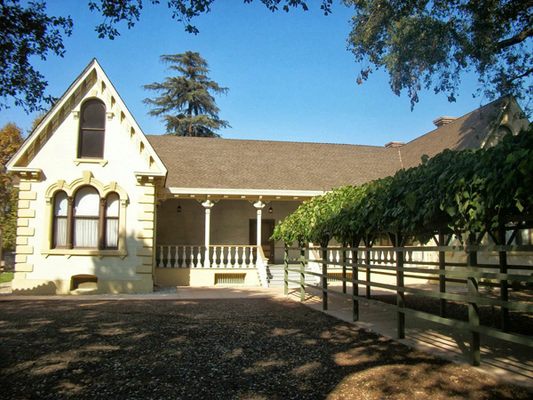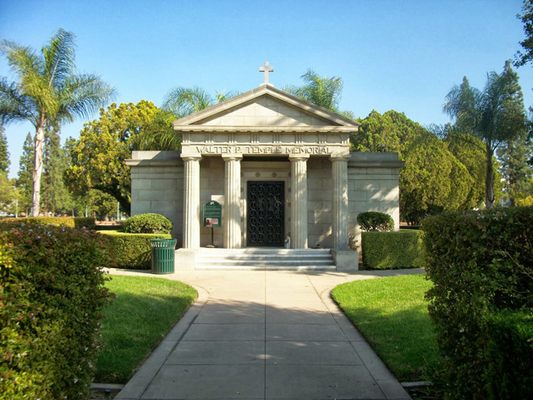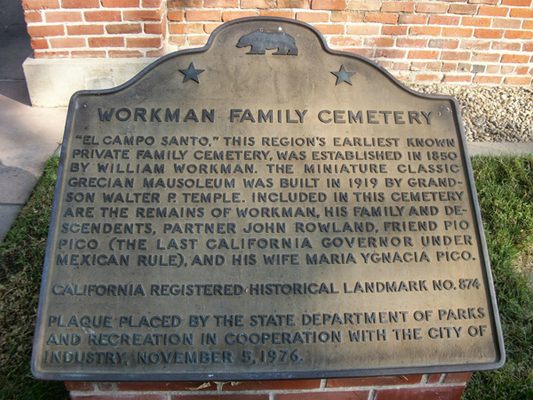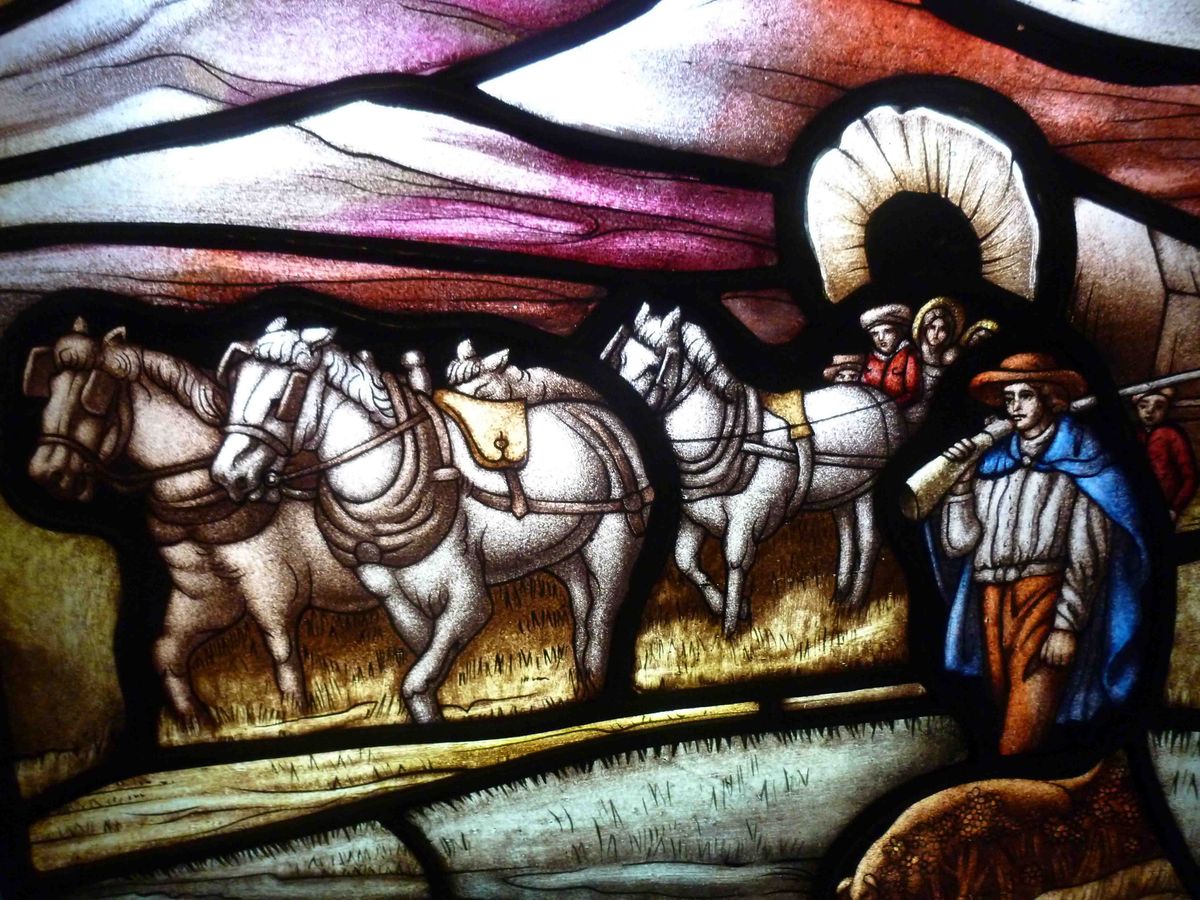About
William Workman came to Los Angeles in 1841 and spawned a dynasty that would influence Southern California life for over a century.
Upon arrival to America's frontier, Workman and his family established a home on the sprawling Rancho La Puente, now located in the midst of the City of Industry. The family's original homestead, still occupying more than six acres, demonstrates the power of individuals to shape the future of not only the land itself, but also the cultural future of an entire society.
William Workman made his way from England to the New Mexico territory where he became a businessman in the fur and liquor trades, converted to Catholicism and traded his British citizenship in for a Mexican passport only to travel the Old Spanish Trail to Mexican California in 1841. Thanks to a clash of cultures fueled by gold and ambition, political turmoil was the norm. For example: twice during the century which the Temple-Workman family held their rancho did the family win and lose the rights to their land. Guides who lead tours of the grounds tell this story enchantingly.
Today, there's little from the outside that would suggest the time capsule hidden amidst Los Angeles' hinterland of manufacturing. Behind the tall, nondescript perimeter walls guarding the Homestead Museum's grounds lie two gorgeous homes, preserved just as the Workman and Temple families left them in the early 20th century. First is the original, adobe manse constructed by family patriarch William, first of clay and sticks, only to be renovated into the state seen today sometime during the 1870s. The second, aptly named "La Casa Nueva," can be found adjacent to the first, and was built by Workman's grandson. Upon completion in 1927, the home had already become noteworthy for its unique hybridization of the art deco and Spanish Colonial Revival architectural styles.
On the grounds is also a small, private cemetery established in the 1850s, adorned with black and white photos of members of the Workman and Temple clans. Called "El Campo Santo Cemetery," it's gained a small amount of notoriety for being the final resting place of Pio Pico, the last governor of Mexican California.
Rather than exploring the themes of major political, economic, and societal changes by way of textbook, the Workman and Temple Family Homestead Museum offers the rare opportunity for an on-the-ground exploration of the sites on which these major events often took place, adding that extra air of personality and intrigue like only the real world can.
Related Tags
Know Before You Go
Free, guided tours of the grounds offered Wednesday through Sunday; no access to the sites permitted without a tour guide. Check official website under the "Visit" tab for specific house tour times, as well as upcoming special events.
Published
March 11, 2016


































